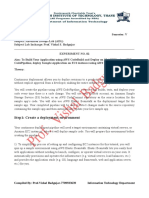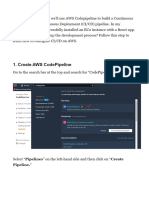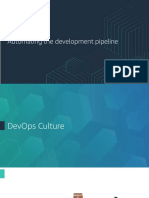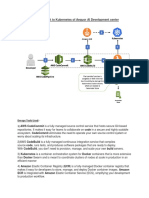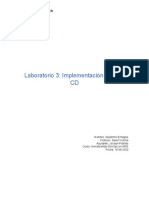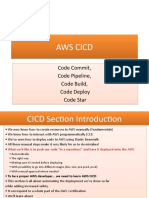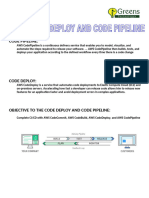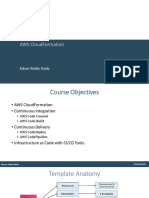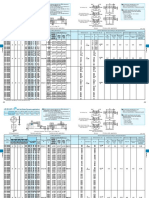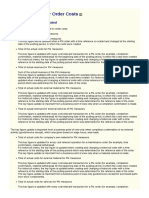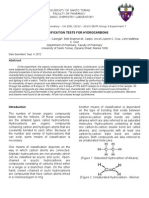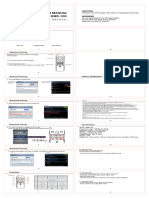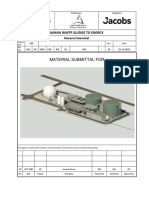0% found this document useful (0 votes)
16 views3 pagesTo Deploy A CodePipeline in AWS
This document outlines the steps to deploy a CodePipeline in AWS, detailing prerequisites such as an AWS account and source code repository. It provides a step-by-step guide to create a source repository, S3 bucket, IAM roles, build project, and the CodePipeline itself, along with testing the pipeline. An example command for creating a pipeline using the AWS CLI is also included, demonstrating the use of a JSON pipeline definition.
Uploaded by
karthisanjay47Copyright
© © All Rights Reserved
We take content rights seriously. If you suspect this is your content, claim it here.
Available Formats
Download as PDF, TXT or read online on Scribd
0% found this document useful (0 votes)
16 views3 pagesTo Deploy A CodePipeline in AWS
This document outlines the steps to deploy a CodePipeline in AWS, detailing prerequisites such as an AWS account and source code repository. It provides a step-by-step guide to create a source repository, S3 bucket, IAM roles, build project, and the CodePipeline itself, along with testing the pipeline. An example command for creating a pipeline using the AWS CLI is also included, demonstrating the use of a JSON pipeline definition.
Uploaded by
karthisanjay47Copyright
© © All Rights Reserved
We take content rights seriously. If you suspect this is your content, claim it here.
Available Formats
Download as PDF, TXT or read online on Scribd
/ 3

